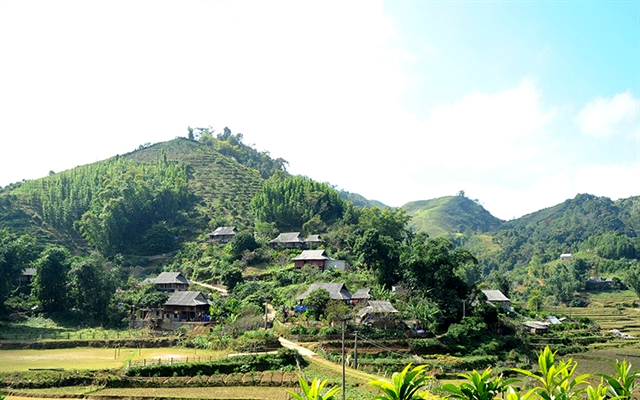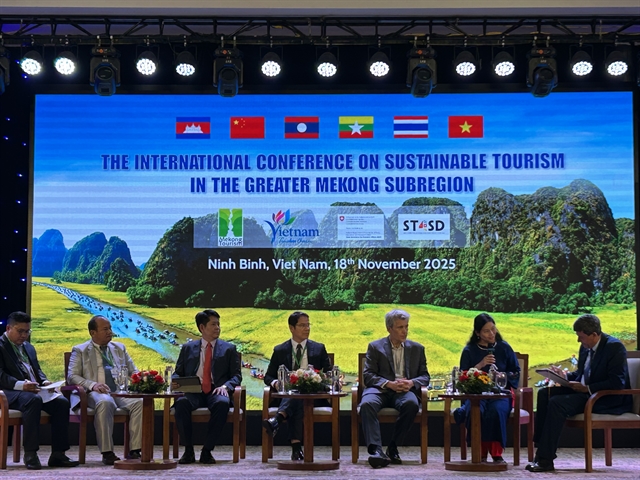 Society
Society

The Cửu Long (Mekong) Delta province of Đồng Tháp is stepping up its plan of granting production codes for all rice growing areas by 2025.

|
| High quality rice fields in Đồng Tháp Province’s Cao Lãnh District.— VNA/VNS Photo Nhựt An |
ĐỒNG THÁP — The Cửu Long (Mekong) Delta province of Đồng Tháp is stepping up its plan of granting production codes for all rice growing areas by 2025.
It has 355 rice growing areas with a total of 48,963ha, according to its Department of Agriculture and Rural Development.
The code-granted areas account for 25 per cent of the province’s total rice growing area.
To get the code, the areas must grow rice to Vietnamese good agricultural practices (VietGAP) or other equivalent standards.
Most code-granted areas have switched from growing low-quality rice varieties to high quality ones such as the Đài Thơm 8, OM 18, OM 5451, OM 4900, and Long An IR 46-25 glutinous rice varieties.
High quality rice varieties account for 70 per cent of the code-granted areas.
To meet the criteria of production codes, the province has focused on developing concentrated growing areas which are disease free and planted to high quality standards such as VietGAP, GlobalGAP, or the standards of export markets.
It has developed rice growing areas which have linkages among stakeholders to develop value chains and brand names.
Tháp Mười is one of the province’s districts which has developed linkages and production codes well.
It grows more than 100,000ha of rice a year and 25,000ha have linkages among stakeholders.
It has 21 rice growing areas with a total of nearly 2,760ha granted production codes.
Ngô Thanh Bình in Tháp Mười’s Tân Kiều Commune and many local farmers have linked with a company to grow rice.
Previously, farmers here grew rice individually on a small scale so they had difficulties with cultivation processes and selling rice, he said.
After linking with a company to grow the Đài Thơm 8 rice variety, farmers are supported with seeds and farming techniques to grow clean rice, he said.
Participating in the programme, farmers get an average yield of more than 7 tonnes per hectare a crop, reduce the use of pesticides and have high production efficiency, he said.
Many farmers in the province have planted rice to international standards, such as Sustainable Rice Platform (SRP).
In Tam Nông District, six households are growing 50ha of Jasmine 85 rice to SRP standards under a linkage with a company.
Trần Thanh Nam, chairman of the Tam Nông People’s Committee, said households have their SRP standard rice purchased at a price of VNĐ800 a kilogramme higher than the market price.
They earn a profit of about VNĐ32 million (US$1,400) per hectare in the winter-spring crop and VNĐ22-25 million ($930-1,100) per hectare in the summer-autumn crop, he said.
Many farmers in the province have linked with companies to produce rice and glutinous rice seeds for cultivation and their seeds are purchased at a price of VNĐ 500-800 kilogramme higher than market prices. — VNS




